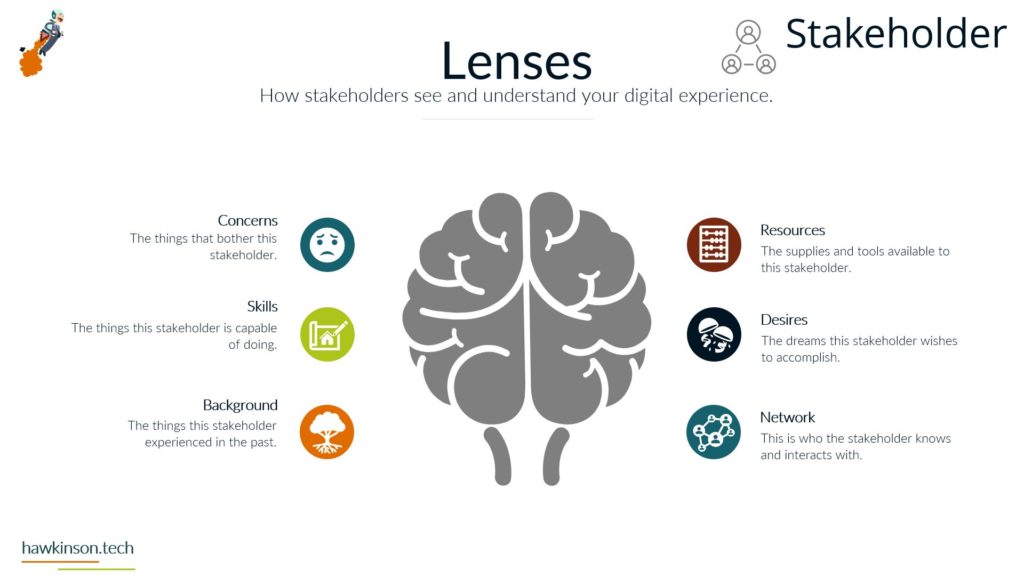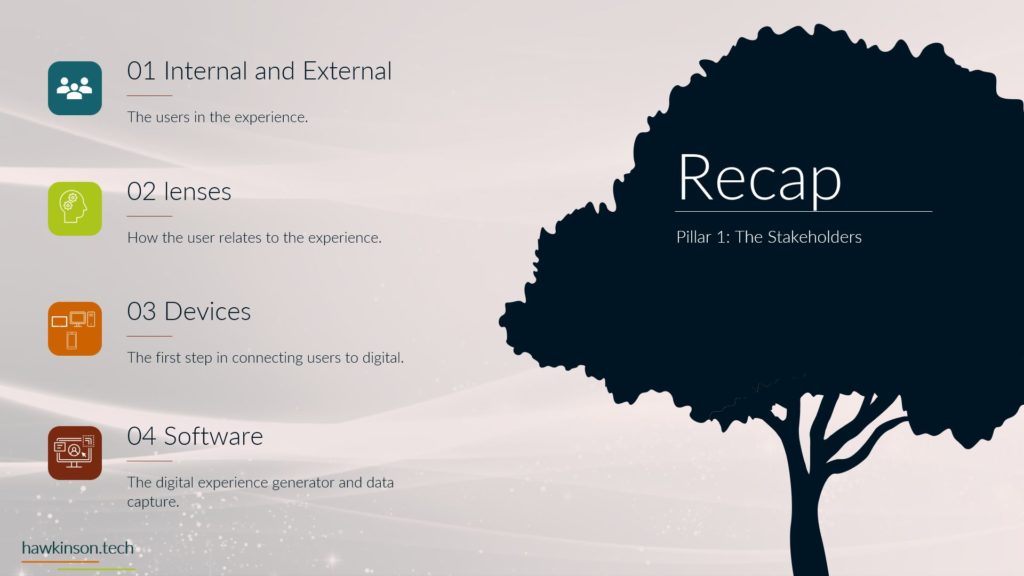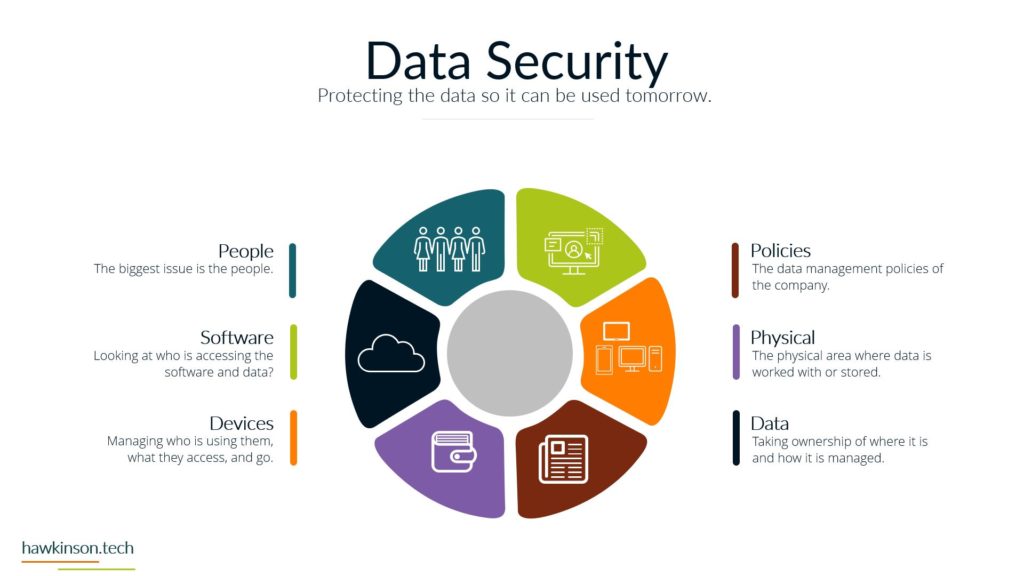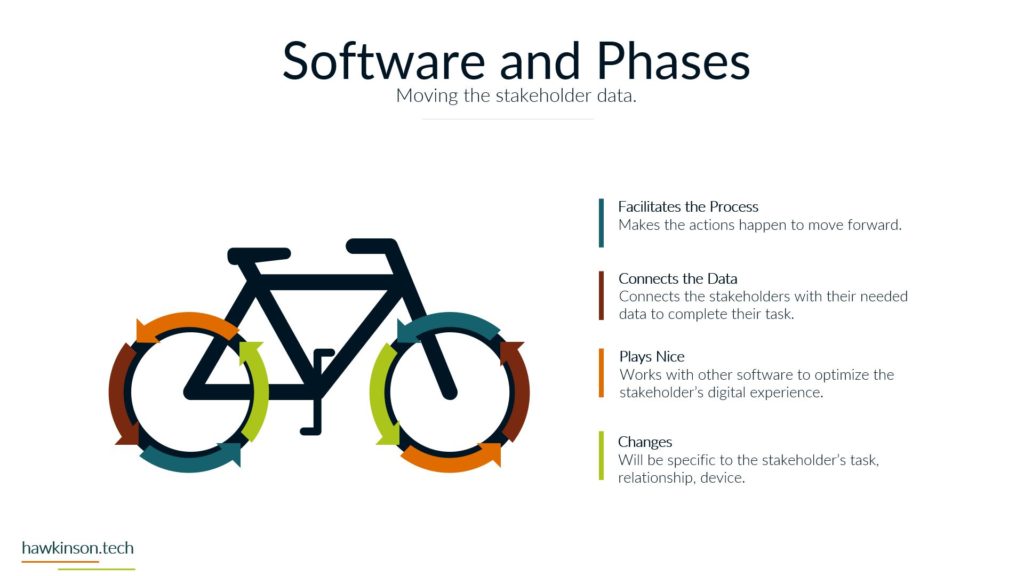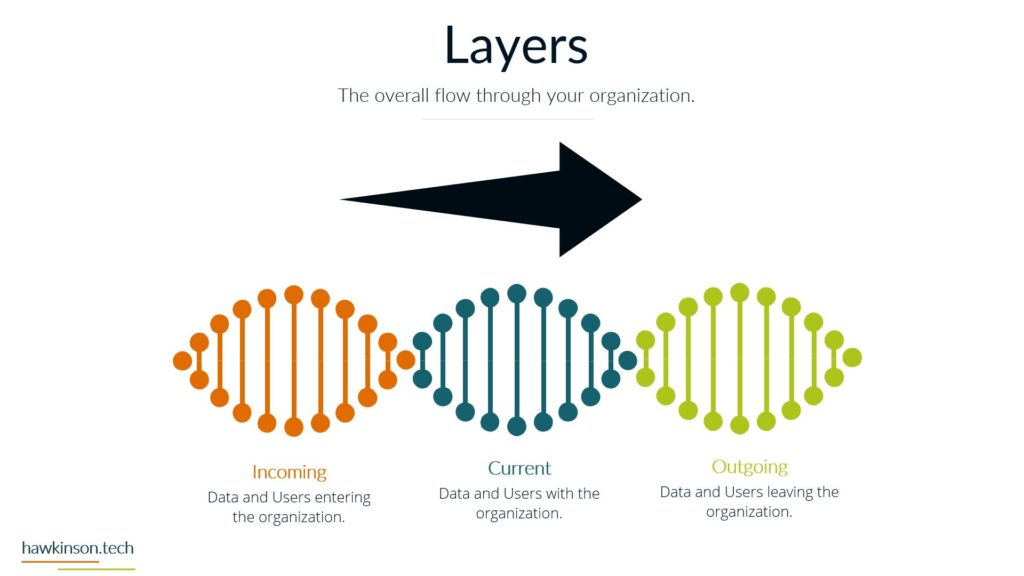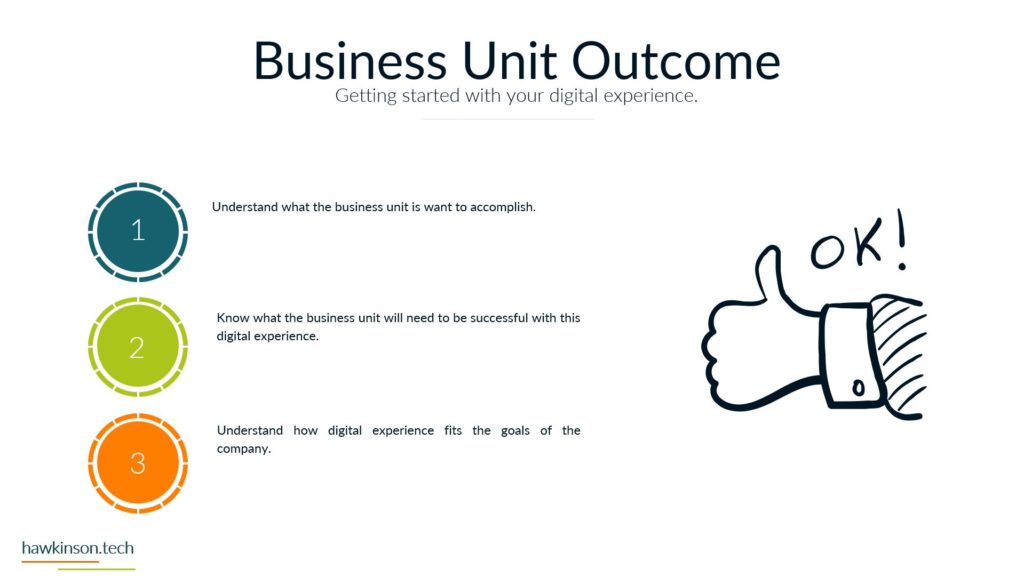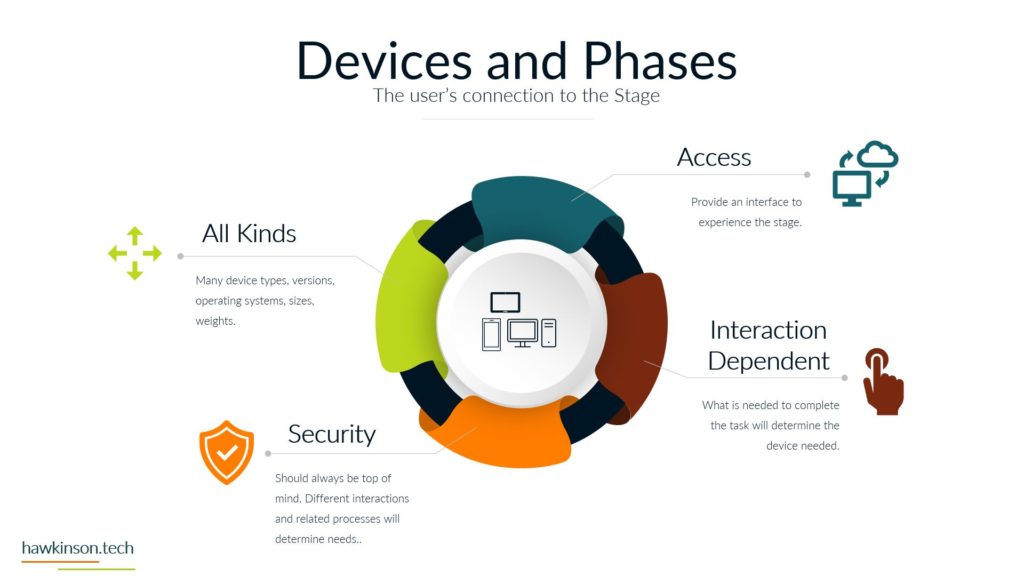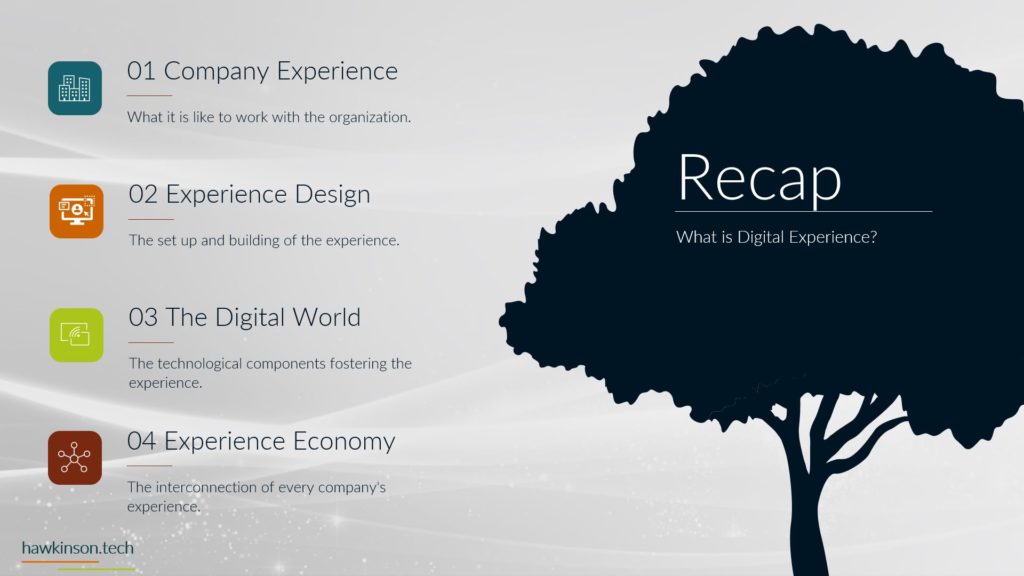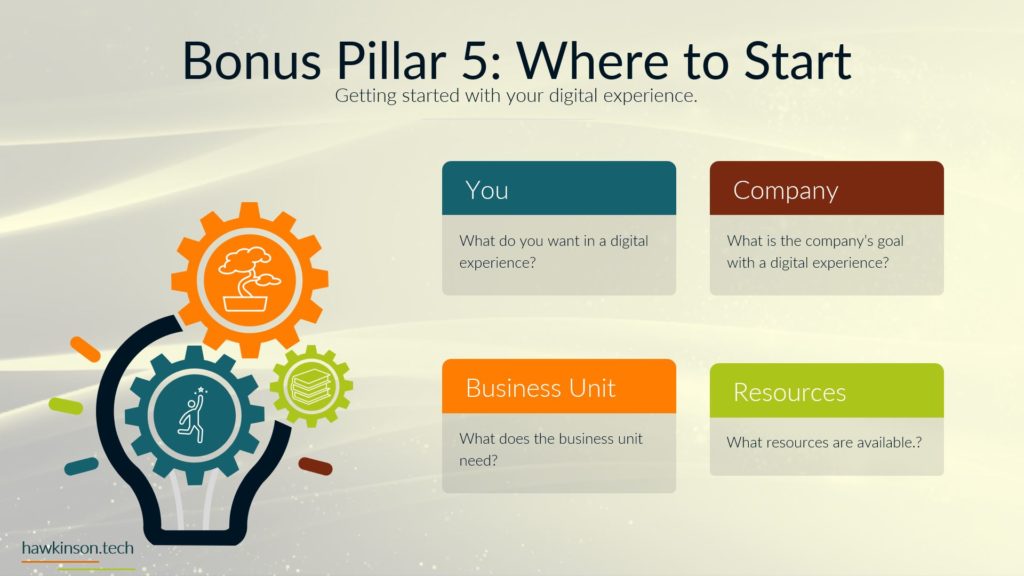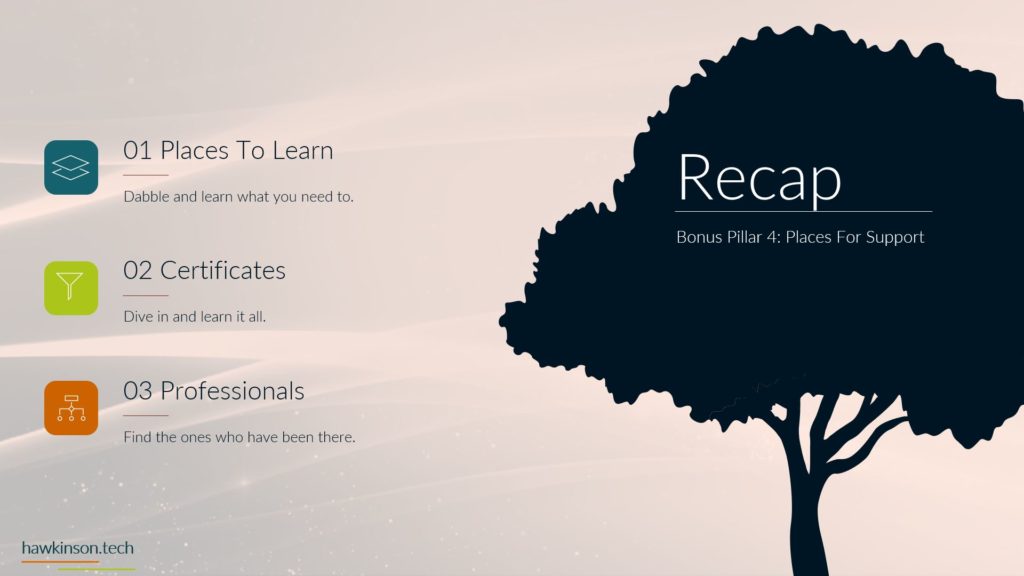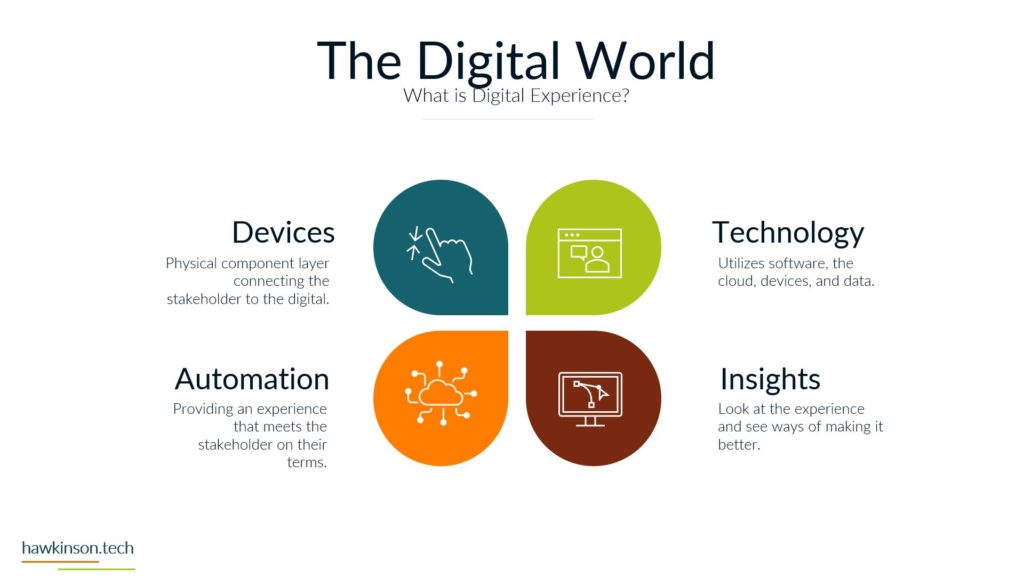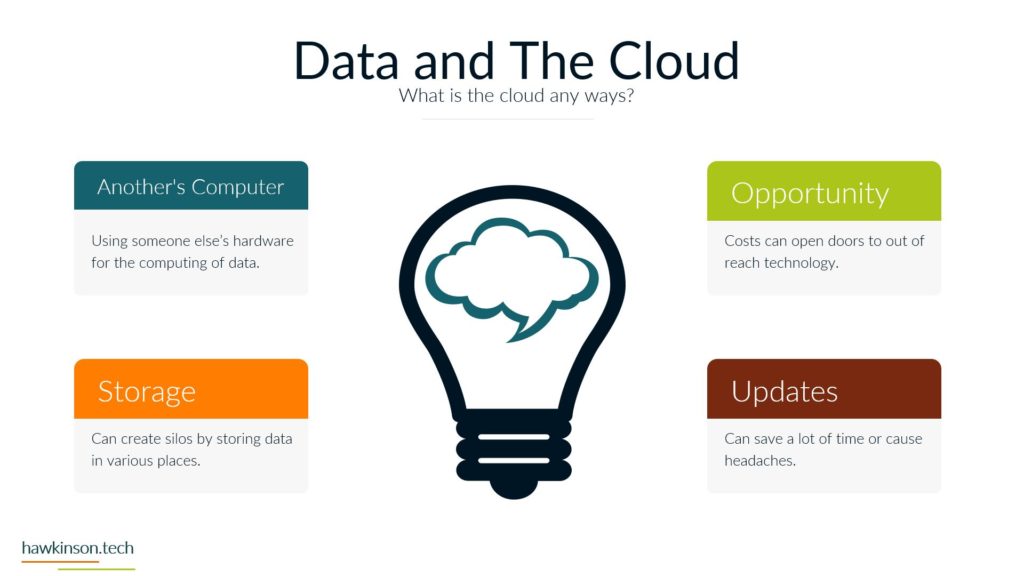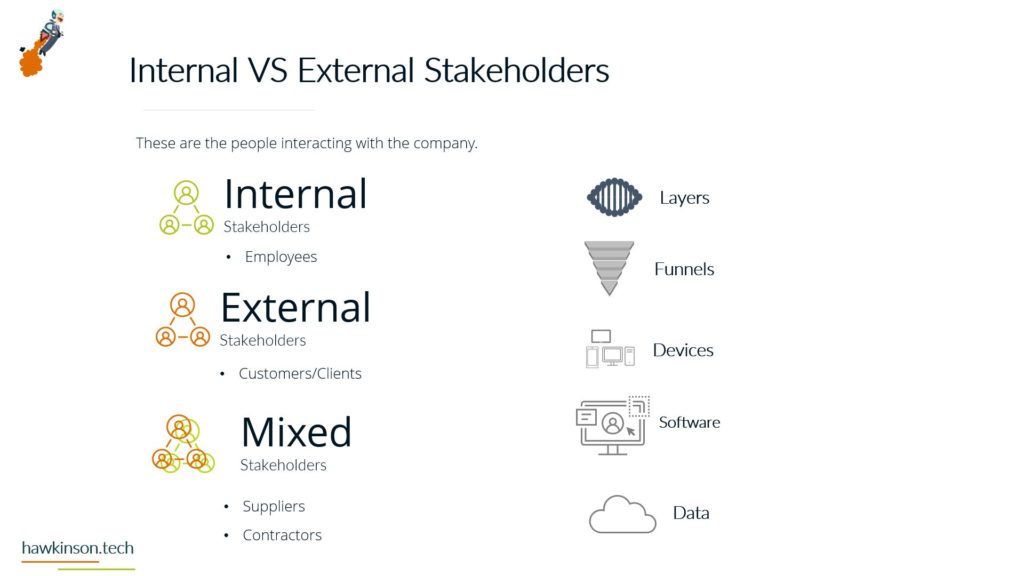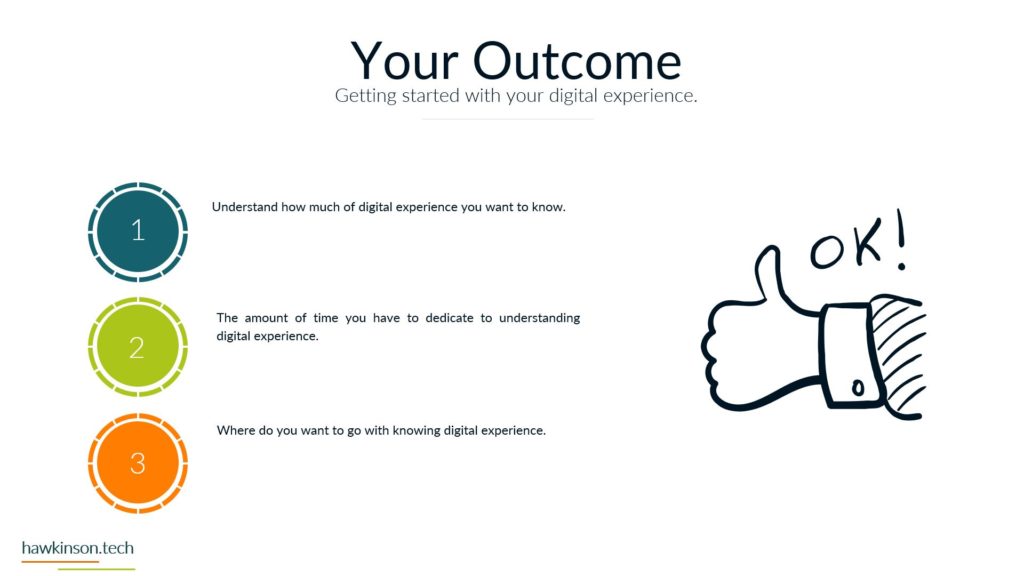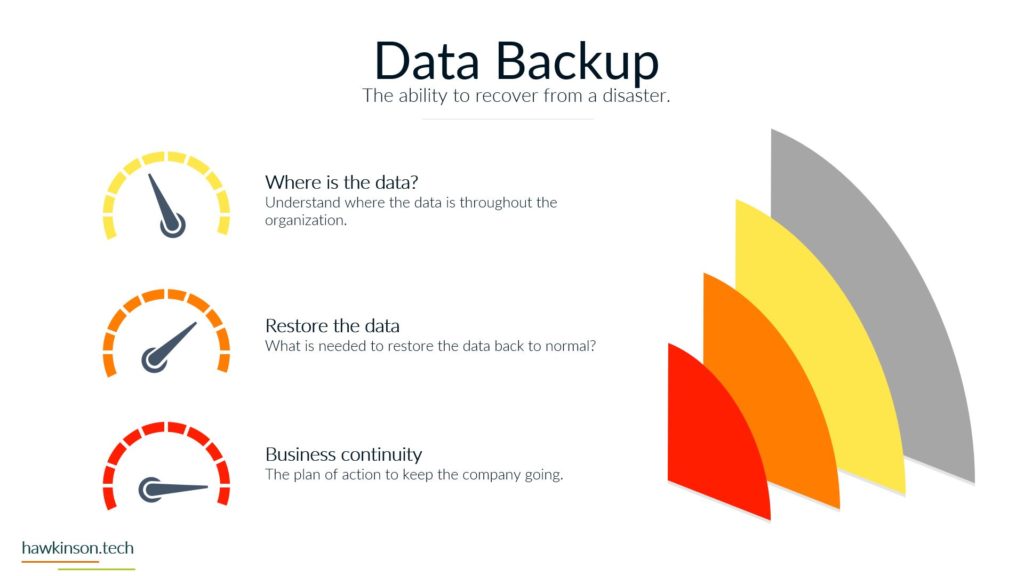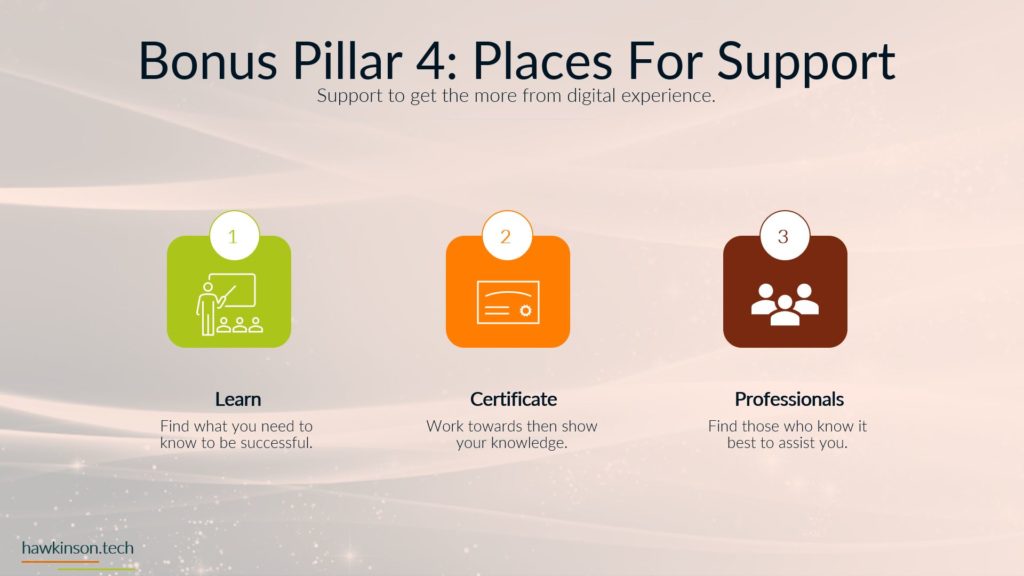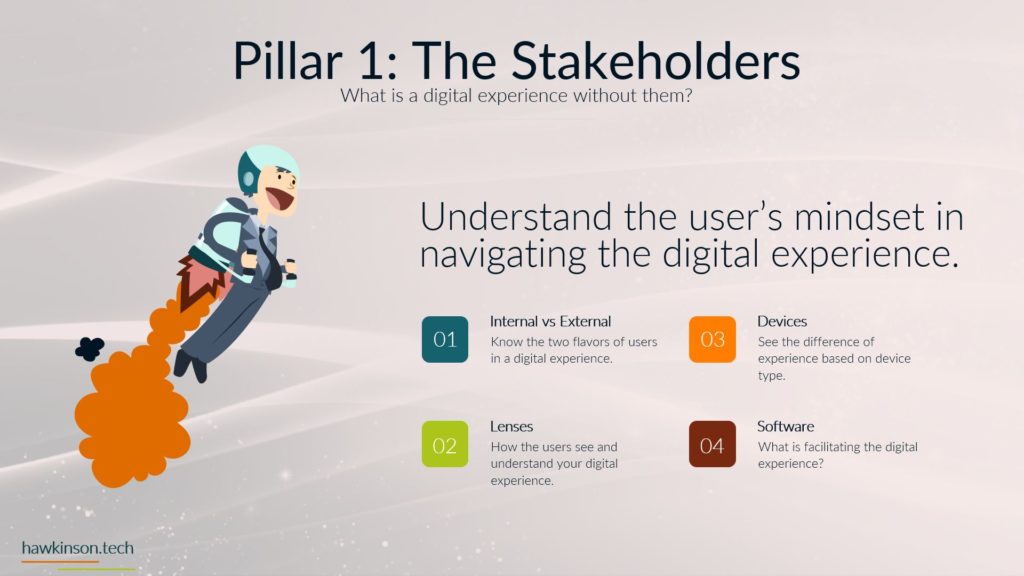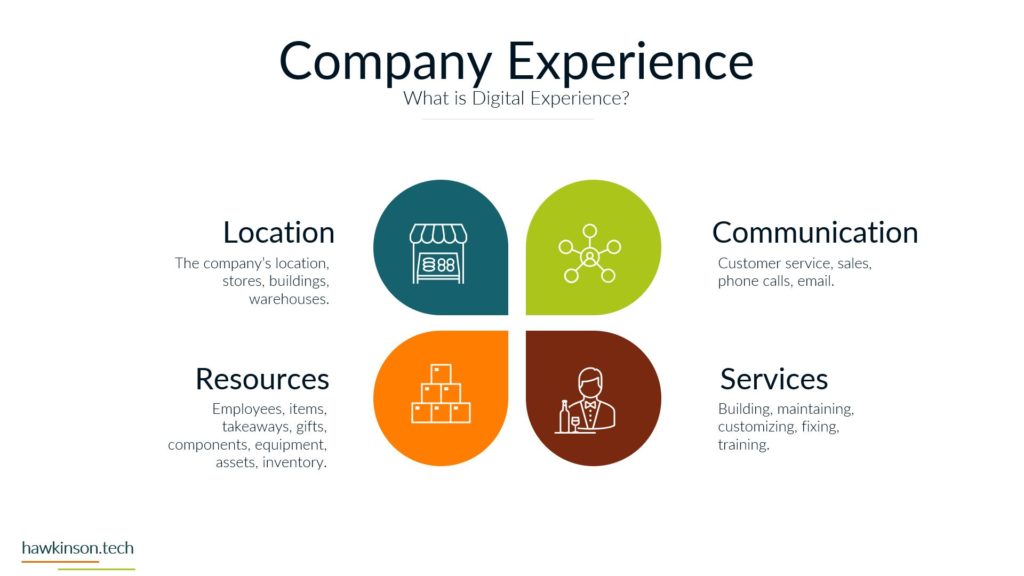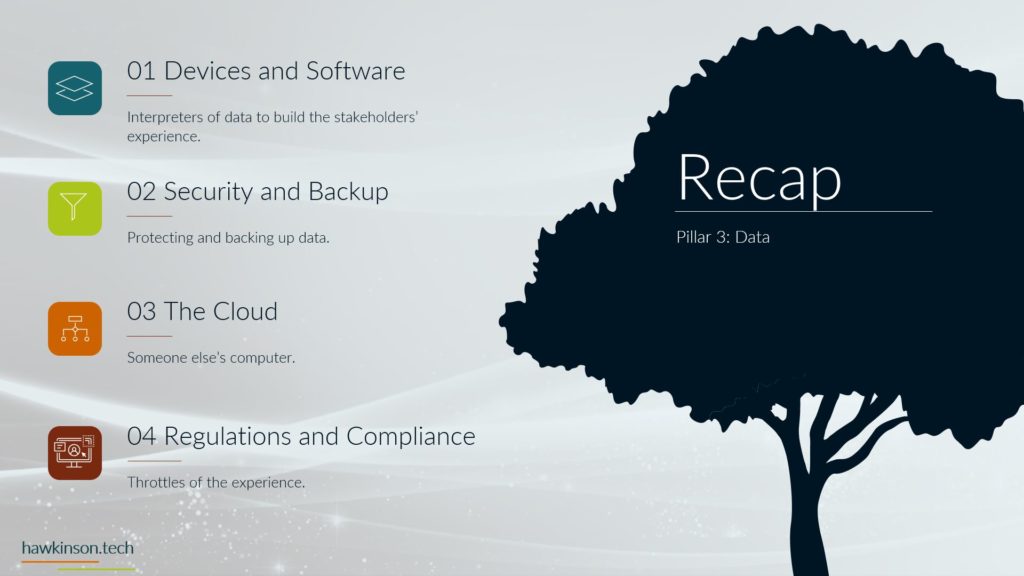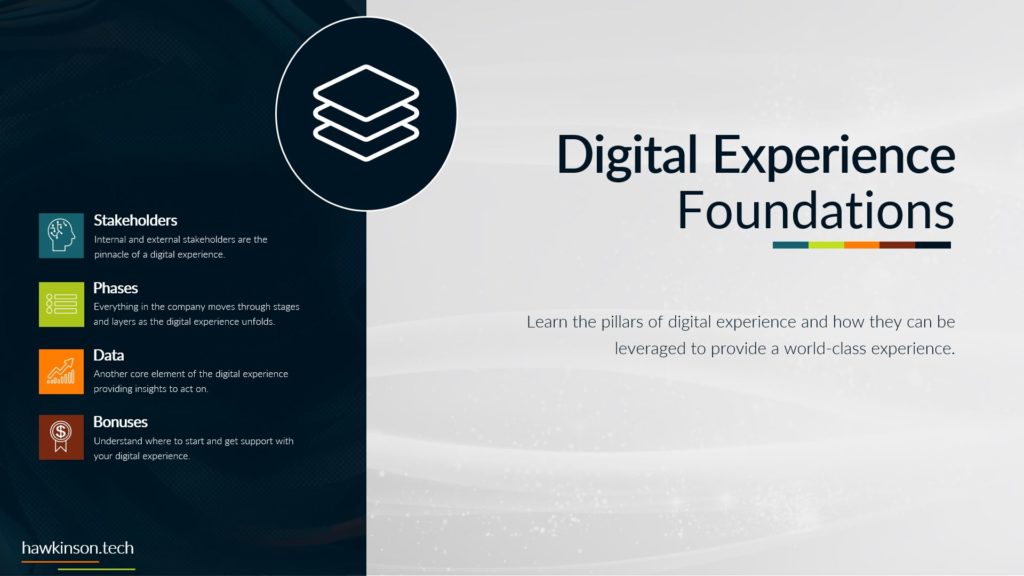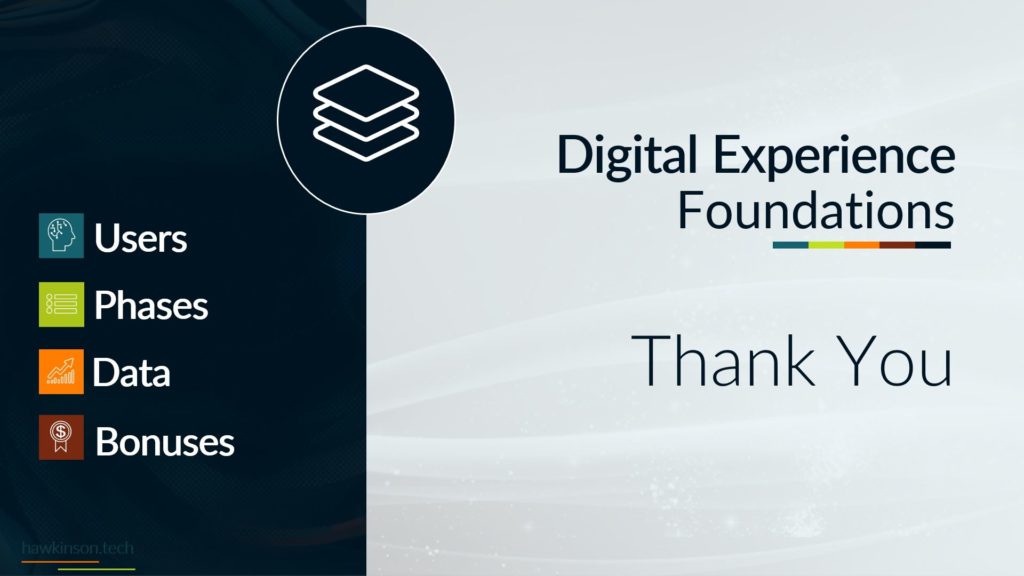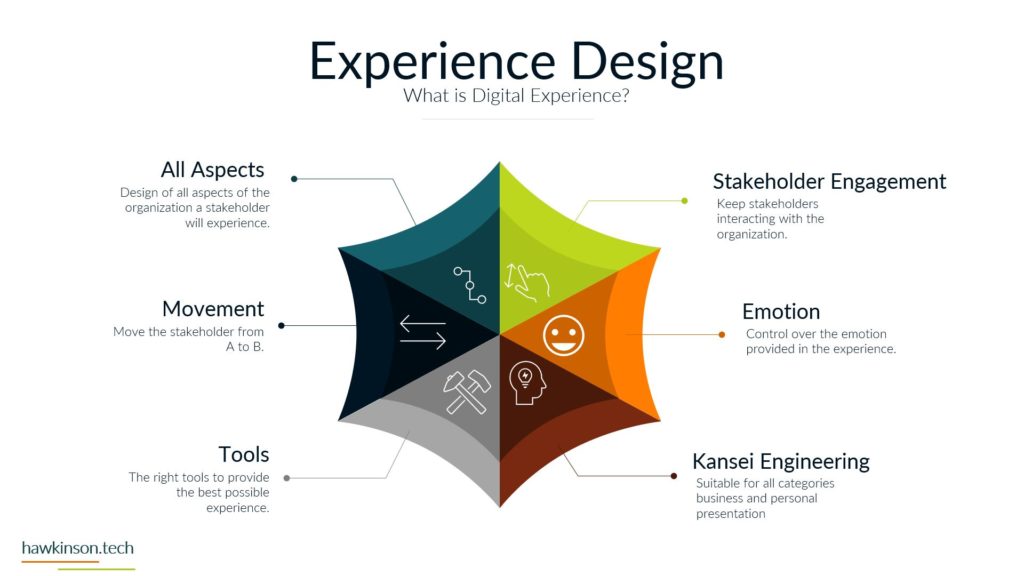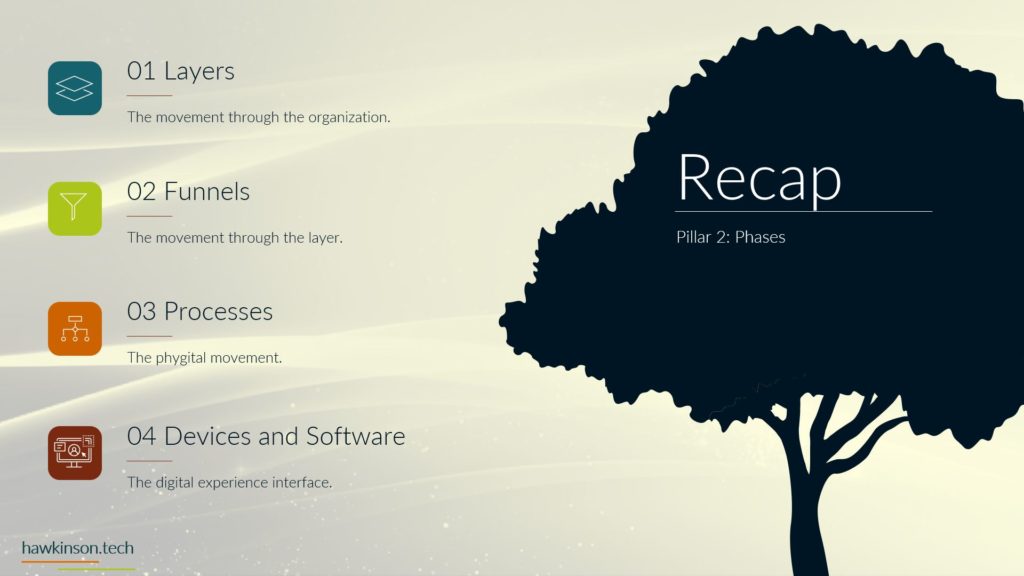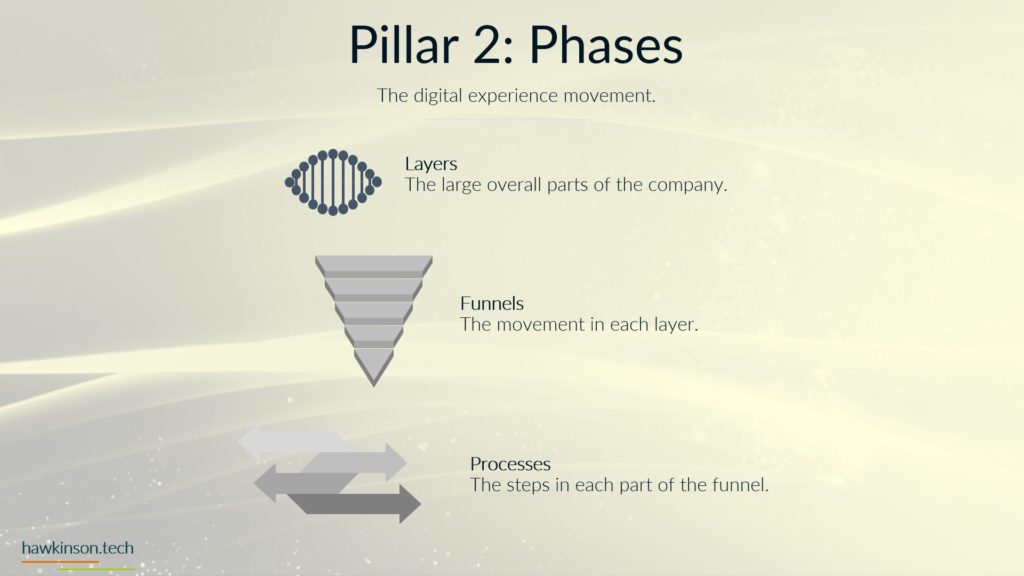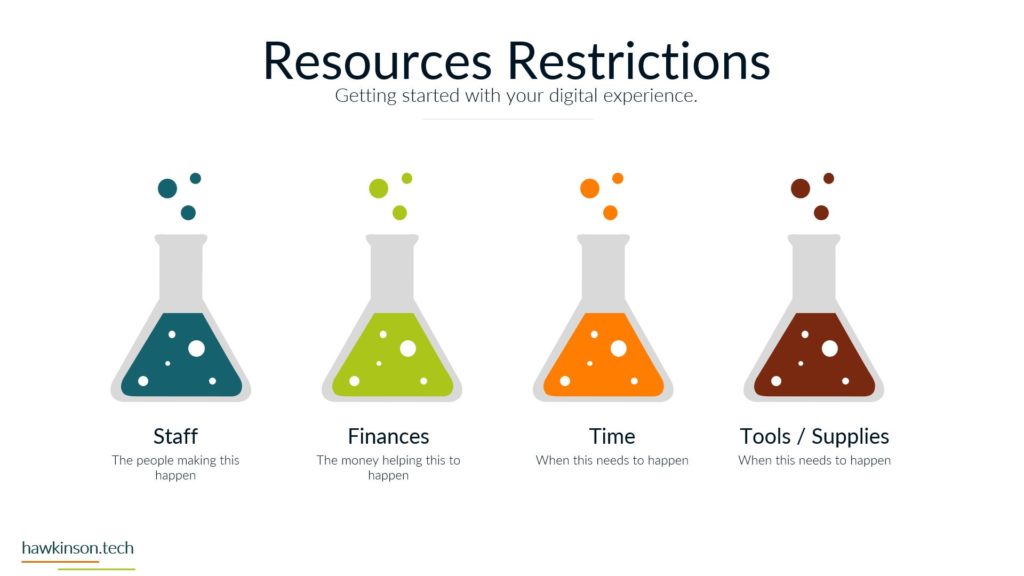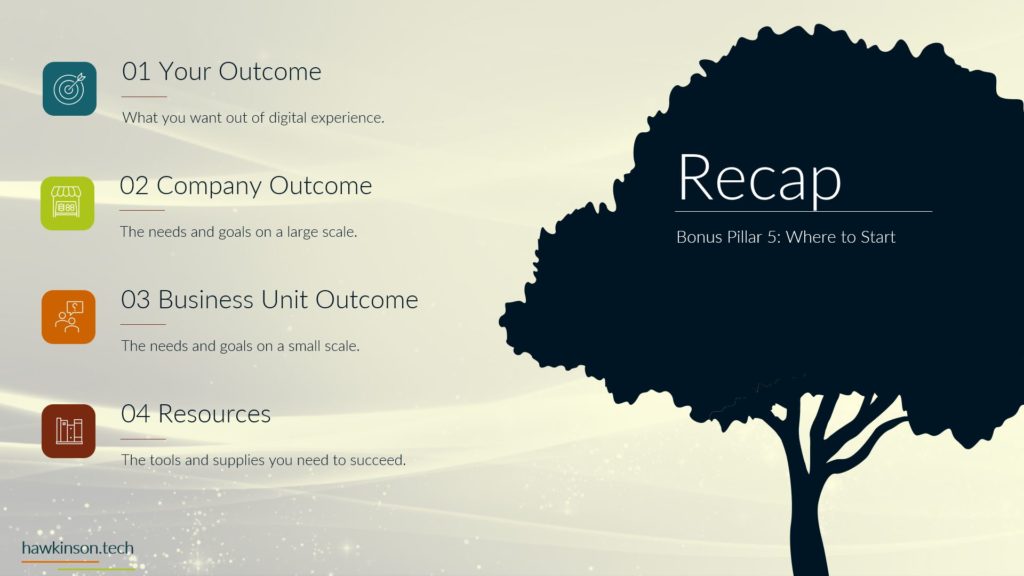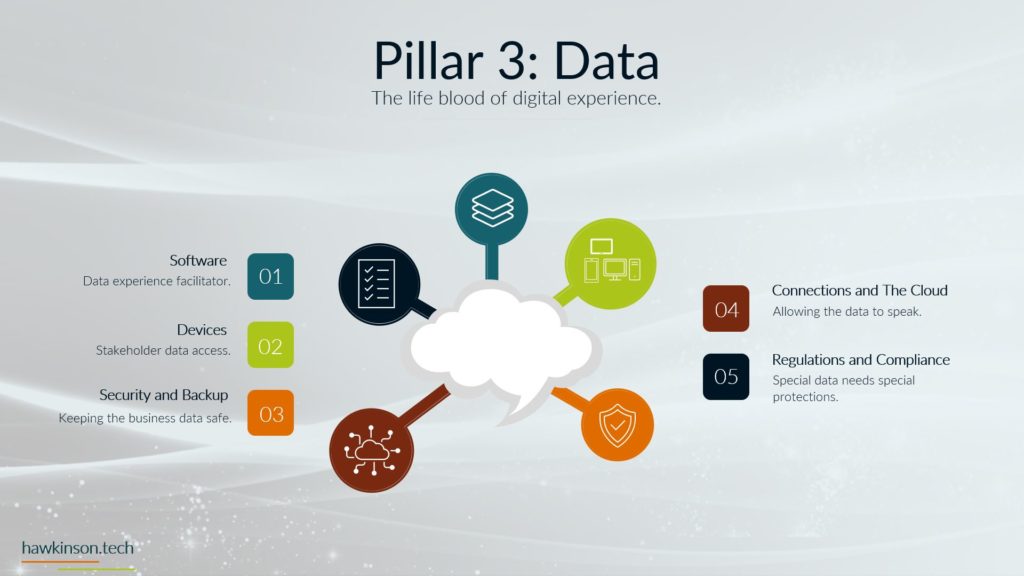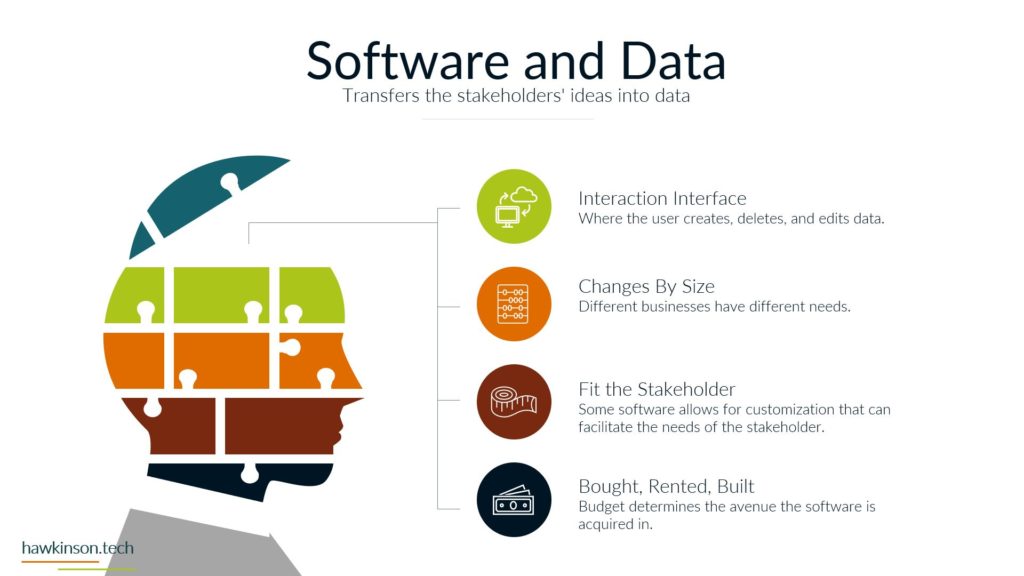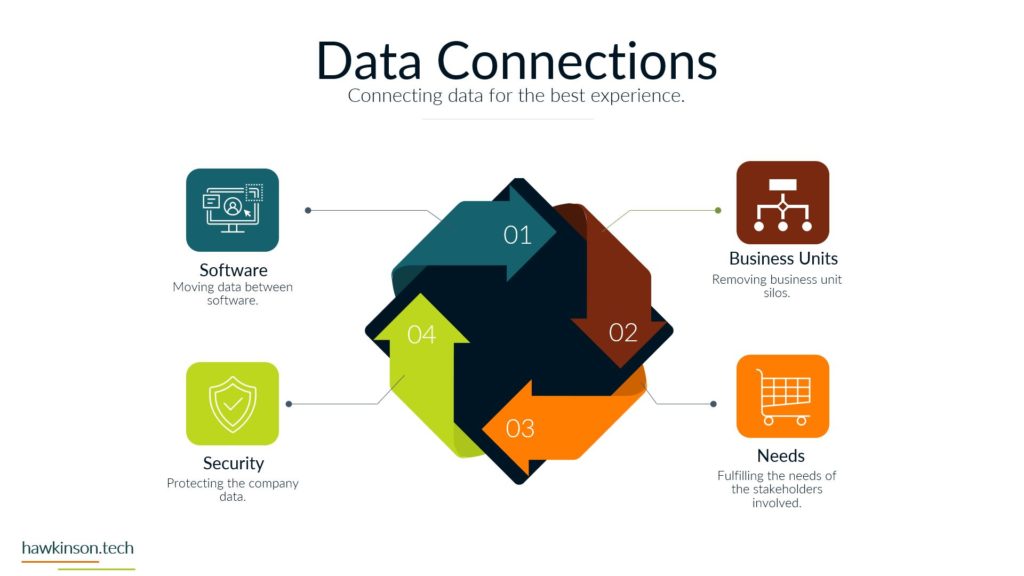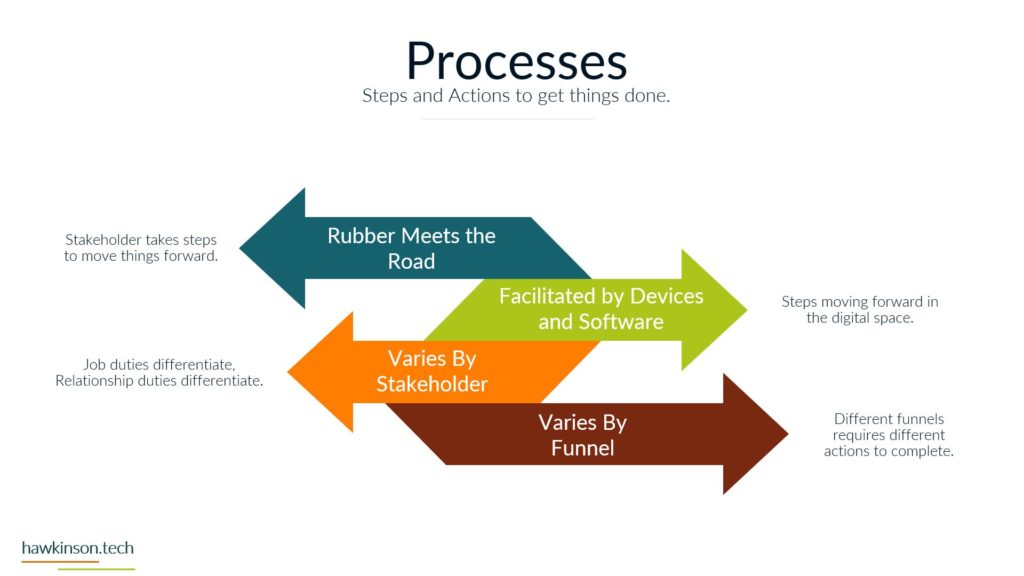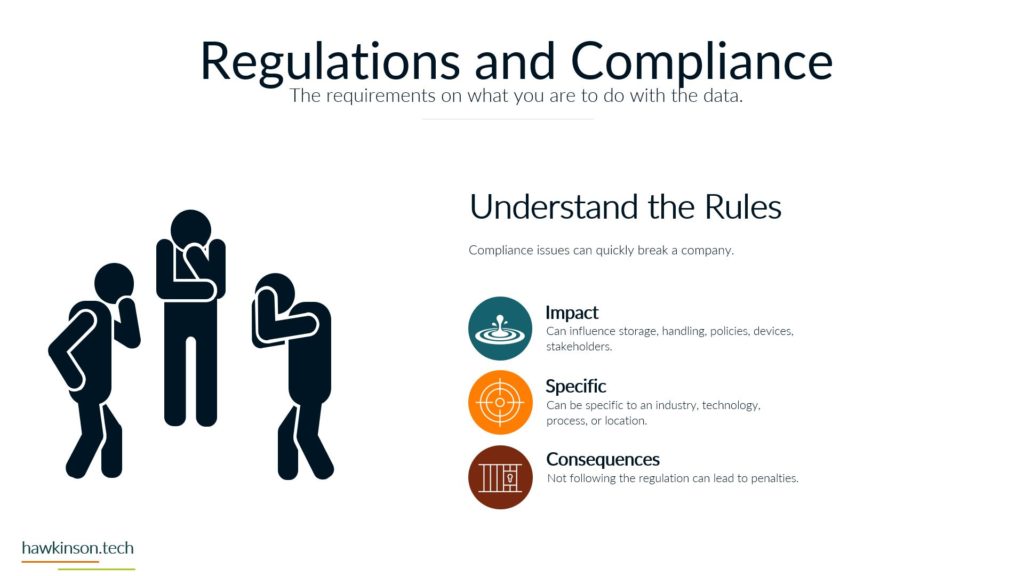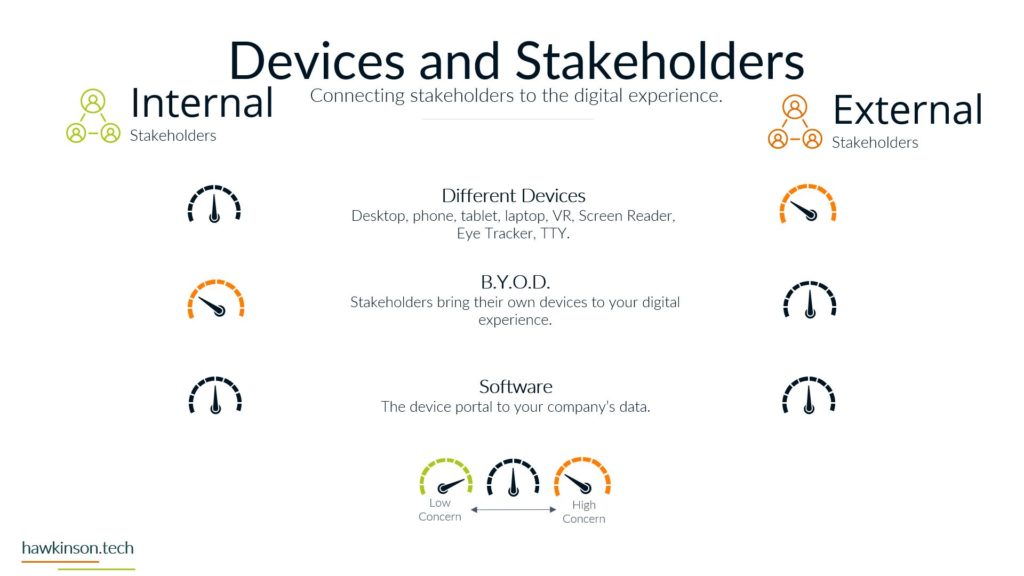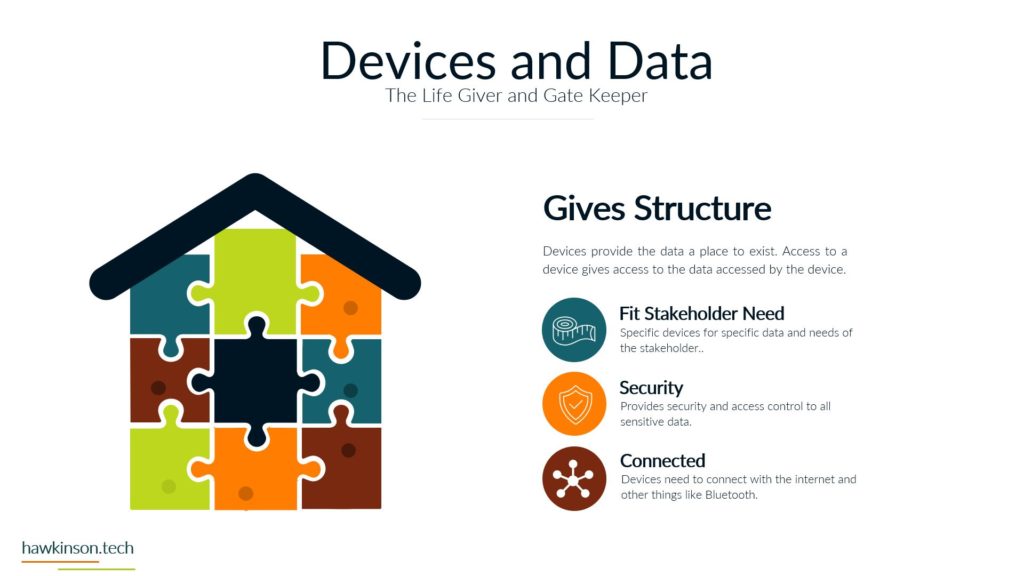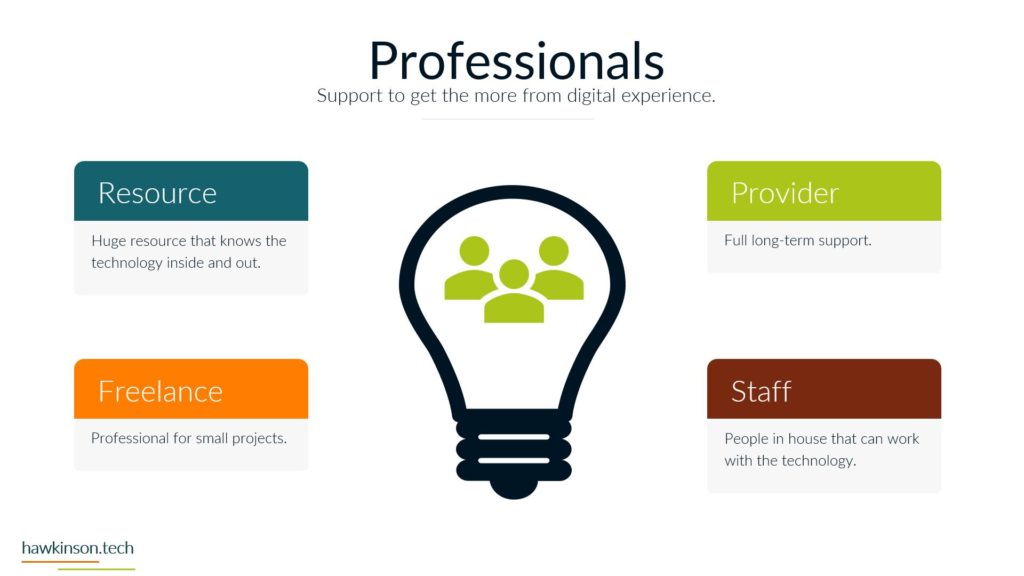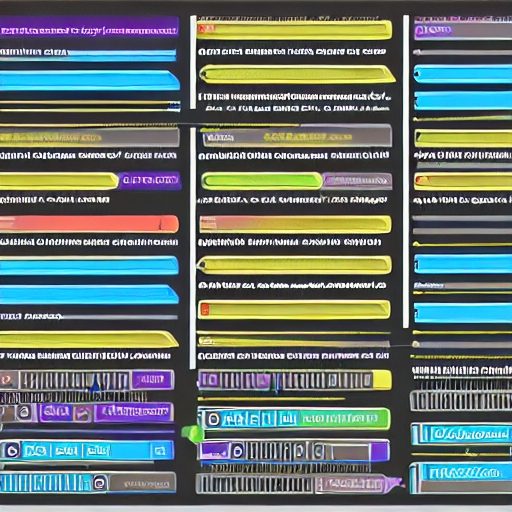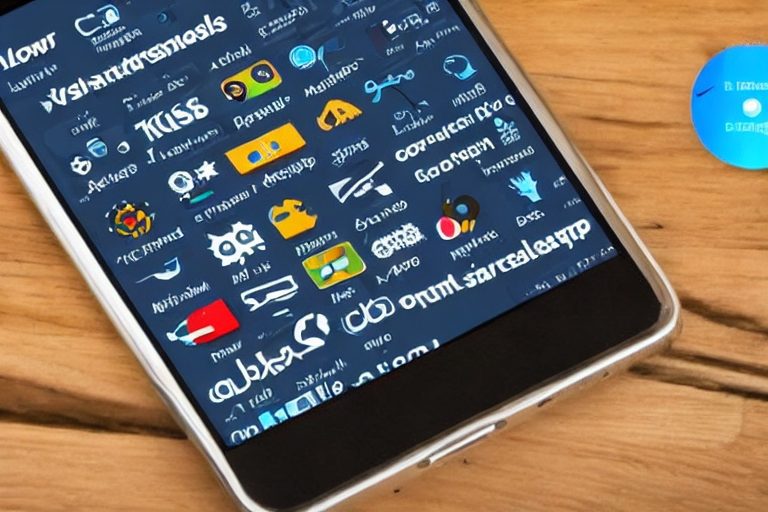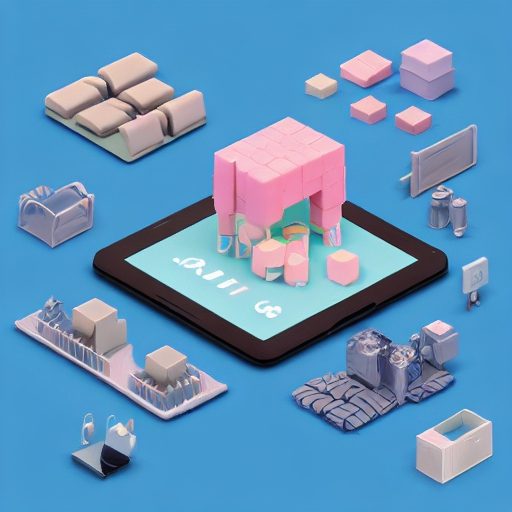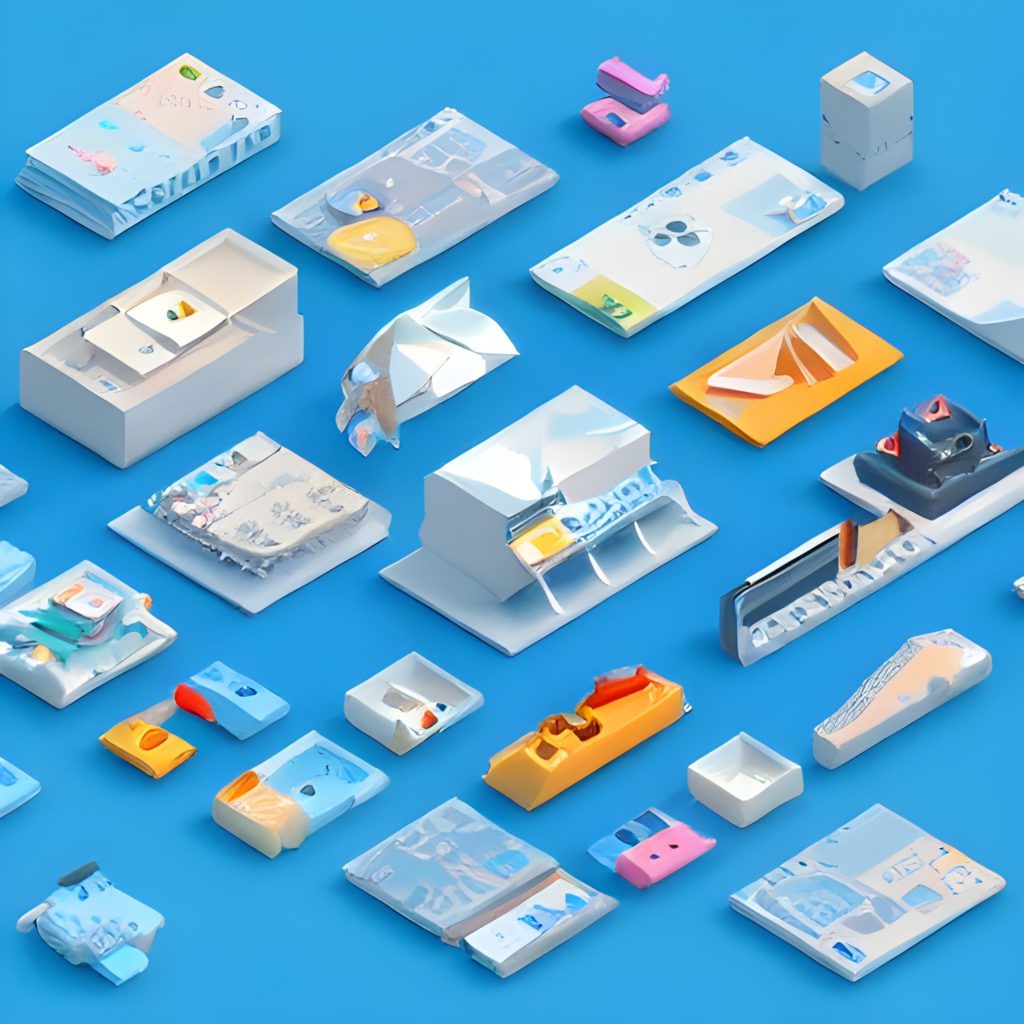This is the first lesson in my digital experience course. This lesson covers the aspects of the company experience.
Digital Experience | Intro To Course | Lesson 1 Company Experience
Follow Me Elsewhere:
Play Video
Play Video
Hey, everyone. Welcome back. So now that we’ve gone through that introduction on what the course is about, let’s go a little bit deeper and now let’s start marrying the company experience with the digital world. So when we’re talking about digital experience, what we’re really talking about is the merge of two vastly yet very similar now worlds. We have the company experience and everything that that entails. And the company experience, yes, it’s influenced by outside parameters like the geolocation. It’s influenced by society as a whole, the way people think about things, the education of the people that could potentially be tied into the company. There’s there’s a whole lot that goes into the company experience. Really though what we’re looking at though at this point is how the company experience pertains to the immediate stakeholders. So we’re looking at the internal and external stakeholders. We’re looking about how the internal stakeholders, so our employees and how they have an experience with the company. You know what what makes them come to the company and seek employment, what keeps them going to the company every day for their job. And then we also have external stakeholders and again this can be our suppliers, more likely it’s going to be our customers. And with that we’re discussing ways on how these customers are interacting with our company. You know, what is it that got them interested in buying from us and working with us or coming and allowing us to provide a service on their behalf. Then at the same time, we kind of have a mixed kind of stakeholder in there as well you could say, which would be our suppliers. Our suppliers also offer this interesting middle ground where they depending on the relationship with the organization, they may have access to some internal documents or internal resources. They may completely be external, however, they may be interacting with the organization and people. In the organization, vastly different than what we would see with sales reps and people that are inside of the organization. The other side that we have when we’re merging these two worlds is the entire digital world. This is the technology, it’s the software, it’s the way we automate business processes and mostly it’s the technology that we are connecting into the company experience. You see, the company experience has always been there and will always be there. We’re just now adding on a layer of digital technologies where we’re taking different components. Different aspects of the company and we’re building those into an experience that we want to provide. This allows us to do things like take old business processes and automate them. This provides a vastly different experience for all of the stakeholders involved. And as we progress through this course, we’ll get more entwined into what that actually looks like, but it opens the door for us to start taking things that might have been. Pretentious that might be costing quite a bit in regards to labor and being able to replicate those in a digital world where we can make things happen ASAP, where we can have a better understanding of what the costs are involved. Where we can look at the different stages of what’s going on in a process and be able to add in additional components and able to to work within that. So quite a bit here. To help a bit more, let’s go and look at the company experience itself and what that actually entails. For us, we see the company experience, we can break down into its own set of components we have the location. Location is a huge part of the company experience. We not only have things like the geological location or the geographical location. So determining where exactly a point is. So you know, if we have a storefront in California and how that storefront might be different than the storefront in say New York City, you know, they have vastly different architectures. They have different kind of ways and kind of heuristics, the way that people are relating to that location. But it’s also not just the geographical location. The location itself also has various forms of architecture. And fit into that location. So that location might be a storefront where we have an interaction of internal and external stakeholders driving forward the business. That location could just be a generic office building where maybe there’s still movement of the organization, but maybe some things in that building happened over telephone, you know, or in this case over kind of a video messenger. But it’s not so much face to face like we’d see in one of the stores and one of these office buildings we make. We also have our administrative staff, you know, people that are working within the organization to just make sure things keep going, to make sure that staff is managed correctly, to make sure that we’re supplying things with what we need, that we have the resources and being applicated properly. Some of these locations could also be things like warehouses, which also offer a vastly different experience. You see somebody that’s coming to work in a warehouse is going to be different than the person that’s coming to. You know saying we’re going to store somebody that’s working in a warehouse is probably not not that they couldn’t do it, but they’re probably not showing up to work to interact with people on the outside world. They’re not showing up to be that face of the company. Like you get that people that you would hire in a retail business or even people that work at the at the buildings themselves that are office locations and being able to manage things that are going on there. So the location, location offers quite a bit that we need to be. Concerned about when it comes to the organization, because it’s not just its geographical location, but it’s the design of the building itself. It’s how it sits in the community. It’s matching the location and the architecture of the location with the people that would come to work there and making sure that it’s also fostering the business processes that they need to be successful. You see, because imagine this, if we had a warehouse, like say take your house for example, your house, your apartment. And make that a warehouse and imagine the pain that it would take to do that. And so that’s what we’re looking at with location because that’s an experience. If you just decided to use your house as a warehouse for your company, then that means having employees having to navigate the stairs and moving things into small rooms, which is vastly different than a warehouse where we have massive open spaces and we have shelves and then we can bring in machinery to help us and taking advantage of building. About that inventory, the next aspect that we should consider and our company experience is the communication. You see in a company we need people to talk to each other. We and this isn’t just referring to a sales Rep and talking with a customer. This is meeting that when that sales order is placed that the customer service team is ready to help out that person knowing that they’re an actual customer. Because think of this, imagine somebody placing a sale. But because we don’t have some sort of process in place to tell customer service or support that this person is a customer, they get heckled in trying to go after, you know, premier support because nobody knows that they’re actually involved with the company to the degree that they’re saying that they are. So we need to make sure that that communication is there. If there’s changes in the organization, we need to notify various stakeholders so that they know of what’s going on with these changes and how they can be impacted or how the organization itself. It’s going to be impacted. So communication that covers all different aspects of the organization. Customer service has their own ways of needing support and communicating with others. You know whether it’s communicating to the sales Rep about something that’s going on with one of their accounts, maybe communicating to deeper and support to kind of elevate that and get you know premium support and making sure that very complex issues are resolved. Back in then happened through a variety of mediums. We could have people that are reaching out to the company and talking to us through phone calls. We get our people that are reaching out to us and talking to us through emails. Those then need to make sure that we’re tracking them responsibly, that if a phone call comes in and a customer service Rep takes advantage of and handles that phone call, was it communicated to others on it or is the sales Rep still worried that this issue is outstanding? You know, we need to make sure that everybody’s on the same page. The other great part about communication is the elimination of silos. You see, as we’re talking about, you know, a customer service Rep. Handling an issue and then passing that off. And if they didn’t say anything about it, others in the organization may have no clue what stage that that issue is in, if it was resolved, if we need more resources. But great communication makes it so that we know what’s going on with that and anybody that looks into it also knows what is going on with it. And The thing is, is communication is going to be there with or without a digital world. You see communication. Through a digital aspect allows us to shorten the communication branches. So what that means is if we needed to communicate with somebody in another country, you can do that, we can get them on the phone, we can you know, teams that resume that then be able to interact with them in a video type of format. But The thing is, is if we’re only, you know, saying talking about face to face communication, then we have vast limitations and how we can actually communicate. Because if we have to go and talk to somebody face to face. And that means that we have to actually be in their physical parameters in order to communicate with them, which provides a vastly different experience and the way we’re able to communicate. And when I say that, it’s not just in the immediate aspects of that communication. You see when somebody has to travel in order to talk to somebody else, that’s an experience. You know, as you know, picking up a phone call is vastly different than getting on an airplane to go caucus somebody. So communication is a massive part of the company experience and something that we need to consider when we’re putting this all together. We have our resources. Resources would not exist or sorry. The experience would not exist if it wasn’t for resources. We need resources to make things happen. We need resources to make the experience keep going. Without resources, we are unable to take steps forward. We’re locked into something that we may not want to have and resources can expand a rarity of aspects of the business. We have employees, which are the stakeholders of the organization, the ones that are physically making things move, that are actually making things happen. They have a whole different set of needs and requirements that are inventory. You know, our inventory doesn’t really need to make us. Father and just needs to be moved through the organization. Inventory may not need to be coached. And I’d say that with a grain of salt because there might be upgrades to inventory, but that’s more a change in the product itself than it is and going and training somebody and knowing what to do with a particular product. Other resources can be things like the gifts or the ways that we offer information and various takeaways from different events. We can have different kinds of components. And equipment that are even in our organization itself, you see like if we need to let’s say we were we were construction company and we needed to build some sort of type of building. In order for that to happen, we’re going to need different pieces of equipment that allow us to work with the situation. If we don’t have that equipment, we can’t do the job that needs to happen that limits us in a variety of scopes and limits other resources for example if. We needed that piece of equipment but we didn’t have it. And there’s probably not a point to hiring somebody that could use that piece of equipment. Again with a grain of salt because we have different situations call for different things, but these different resources give the company the ability to keep moving forward. And then it also depends on the quality of the resources. You know, if we’re like think about this for example, say you’re a company that’s growing and as your company is growing, you’re starting to lose off staff. Staff that knows what is going on with the organization. So now as you bring on new staff, you not only have to train them and just kind of the processes that need to be done through the organization, but you have to train them about the organization and you have to train them kind of how things flow through the organization. And same with all kinds of other resources. If we go back to our construction analogy, before say we needed a tractor, OK and if we had a very poor tractor. That didn’t work very well then maybe that’s putting us at the point of not having a tractor at all. Or we might be able to go after certain jobs, but maybe we’re not able to fulfill them or work them the way that we would want to, you know? And then that becomes a different experience. It becomes a different way that people interact with the organization and becomes a different way that our internal stakeholders need to be educated and using that piece of equipment or what their expectations are for. In a different job and so resources can be a lot more than just inventory and employees. There are a lot of different tools and supplies that we have to make sure that the organization keeps moving forward that we’re able to take advantage of the things that we want to take advantage of and seek the opportunities and fulfill those opportunities. Now the other side that we have in our company experience is services and our services can be an interesting point. You might be thinking of services in regards to the services that a company offers to work with their clients, and that’s not wrong. That’s definitely a great way of looking at this. But there’s also services that go in to just keeping the experience going. You see, if we’re not going through and maintaining the equipment that we talked about earlier, then that equipment is going to fail. Eventually it’s going to fall apart and eventually it’s going to become useless. But if we’re able to take care and service that equipment, then it becomes something that we can hold on to. And I bring that up because that changes the experience if we aren’t maintaining the things and the components that we have in the experience. And those components are eventually going to break off and start to cause harm to the experience and to what stakeholders that are involved in the experience are expecting. Say, for example, you have this amazing piece of software. That software was able, let’s say, to pull in a bunch of different APIs and get them to communicate in order to offer your customers this amazing business intelligence experience. Let’s say then you decided that there was no need to keep updating. Hey it’s about to go that wants me don’t need to keep updating it. Mindset can eventually become your Achilles heel because as that app is sitting there and you know, working overtime, eventually other components of the world and the digital experience change, which could then mean that your app isn’t able to keep up to date, especially if you’re not maintaining it. So then just over time the APIs start to whittle away in there effectively or they’re, you know, in the way that they’re working and kind of how they’re able to provide an experience. That API then becomes an issue for the company because now that we’ve not maintained that it’s not as effective as it was before. Now it starts to create hassles and it starts to create problems. It starts to make it so those that experience something with the organization, something that maybe they treasured that kept them with the organization, they don’t get over. And so we want to make sure that when we are putting together an experience that we’re taking into consideration. The maintenance of that experience and what it’s going to take to keep things going, like understand we’re just talking about an API or equipment. But employees are also another thing that we need to make sure are also kind of service. If we’re not training employees, if they’re not being kept up to date or maybe we’re just not doing things to provide them a quality experience and working with the organization, then those employees are also going to start falling behind and not. Be as effective as what we saw with API example. Those employees are gonna start getting to a position where they’re not able to answer questions that they need to. And that may not sound like a big deal. You know, can’t answer our question. OK, go look it up. Get back to the client. That’s time. And if we’re not training them on how to keep up with those different kinds of questions, then that time that they have just built out to kind of answer that question now turns into something that we’re essentially paying for that we may not into. No, I’m not saying, you know, that there’s going to be all kinds of, you know, everybody’s going to learn everything. And obviously the amount of time that we’re training them could also be equitable to them going out and learning something on their own, but with training. We’re able to manage that service offering a bit more because if somebody just going out with Google and searching things, there’s a variety of information that they could land on and that information may not align with the messaging, let’s say that the company is wanting to share and to show who they are with external stakeholders. But if we’re managing these services of the experience properly, then we’re able to make sure that those experiences continue and that we’re able to. Keep working those experiences and providing what people are looking for and to keep stakeholders involved in the company and continuing to come back and work with us. So as a recap with the company experience, we talked about the location and how that pertains to the different stakeholders and their work with the organization. We also talked about the communication and how we need to make sure that information is getting passed from one group to the other and that people are on the same page with what’s going on. We also discussed resources and their importance of how they allow us to keep the experience going and then we talked about the services involved with those. Resources and the locations and our communication and making sure that we’re able to keep offering a top notch experience. So next we’re going to get into experience design and talk about how that is also a vastly important aspect of our digital experience.
Related Content
More Content
This article aims to provide an in-depth look at various programming languages and their use in app and software development. Stay with us for more details.
By implementing a CRM system, businesses can gain a competitive advantage by improving customer acquisition and relationship management processes. This article will explore the benefits and importance of CRM in these critical areas.
Plugins are a crucial component of the WordPress ecosystem for WordPress websites to function. Using plugins allows you to save time and access some unique features. Plugins may be quickly installed and set up, saving developers
In this guide, we will delve into the importance of email marketing in real estate and why real estate agents need to consider email marketing to reach clients.
Explore the critical role of stakeholders in shaping a company’s digital experience. Understand internal and external stakeholders, navigate mixed stakeholder relationships, map stakeholder journeys, optimize device interactions, leverage software effectively, and harness the power of data.
Building a small business application can be difficult when you have to go through multiple sections of code for your software.
Marketing Manager Software helps businesses create successful marketing campaigns and projects. It automates tedious tasks and helps streamline complex processes, allowing you to focus on the creative side of your marketing strategy. With this software, you
Discover the power of no-code and low-code tools for building complex dynamic websites. Explore popular options like Elementor, Divi, Advanced Custom Fields, Crocoblock, Meta Box, and Toolset to create visually stunning and interactive websites without extensive
